User adoption isn’t easy for SaaS companies. Software products are complicated, multi-layered commodities that can take time to master, and some new users might find that overwhelming.
However, more often than not, the benefits that a software solution provides outweigh its complexities.
Your users want to use the product and are excited about its advantages, they just might be unsure how to use it.
Furthermore, you might need help teaching them to use it.
If that’s the case, don’t worry—you’re in the right place. This article details SaaS user adoption practices, including best metrics and creating a user adoption strategy.
What Is User Adoption
Selling your software doesn’t necessarily mean you’ve acquired a new customer. This is only the first step towards gaining users—there’s still plenty of work afterward.
New customers won’t immediately know how to use your software.
However, through onboarding, communication with Sales representatives, and self-learning, they’ll slowly understand its functionalities and realize the value it brings them.
This process, when users first begin using a new product and decide whether they’ll continue using it, is called user adoption.
In the customer lifecycle, user adoption occurs after user acquisition and is a prerequisite for user retention.
This visual illustrates that:
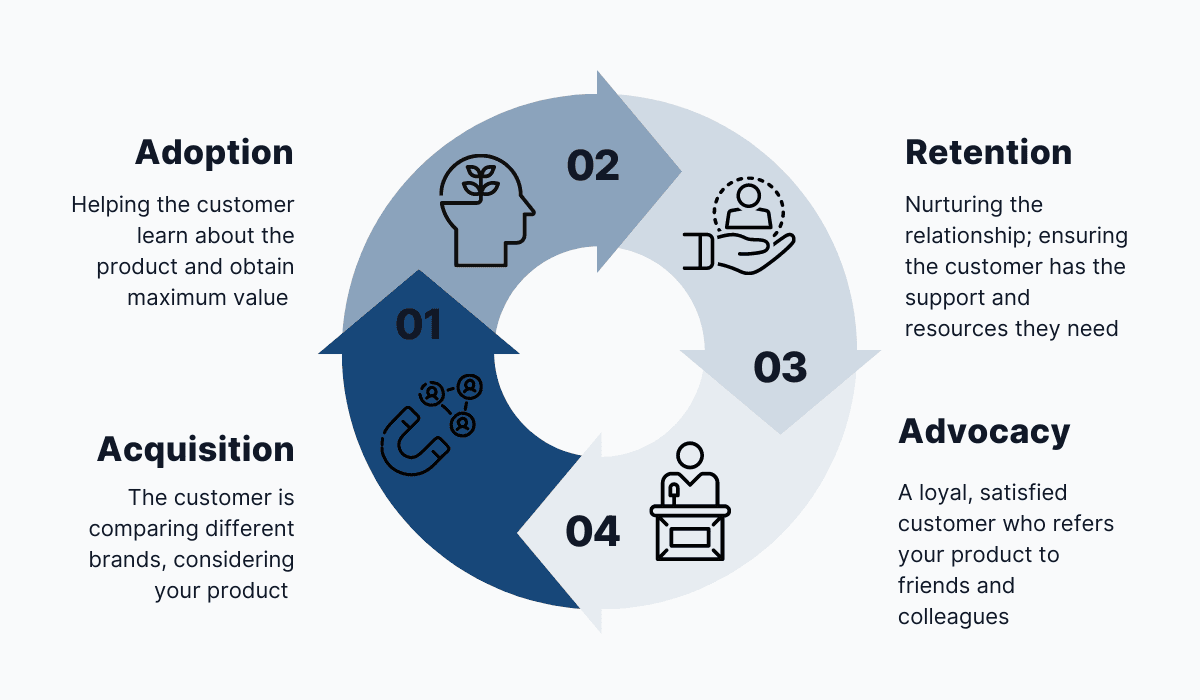
Source: Archbee
Without user adoption, you can’t retain your existing users. Furthermore, if the users are handled well, you might even achieve user advocacy.
However, to obtain such loyal customers, you’ll first need to guide them through the software, showing them how to best adopt the product, making sure it suits their needs.
Why Is User Adoption Important
With well-executed user adoption, your users will stick around.
Having understood the solutions your software provides and how it helps them attain their goals, they’ll keep using it. In other words, they’ll remain your customers.
User adoption is the key to user retention, which brings countless benefits. For starters, there are several financial advantages. Just look at these statistics:
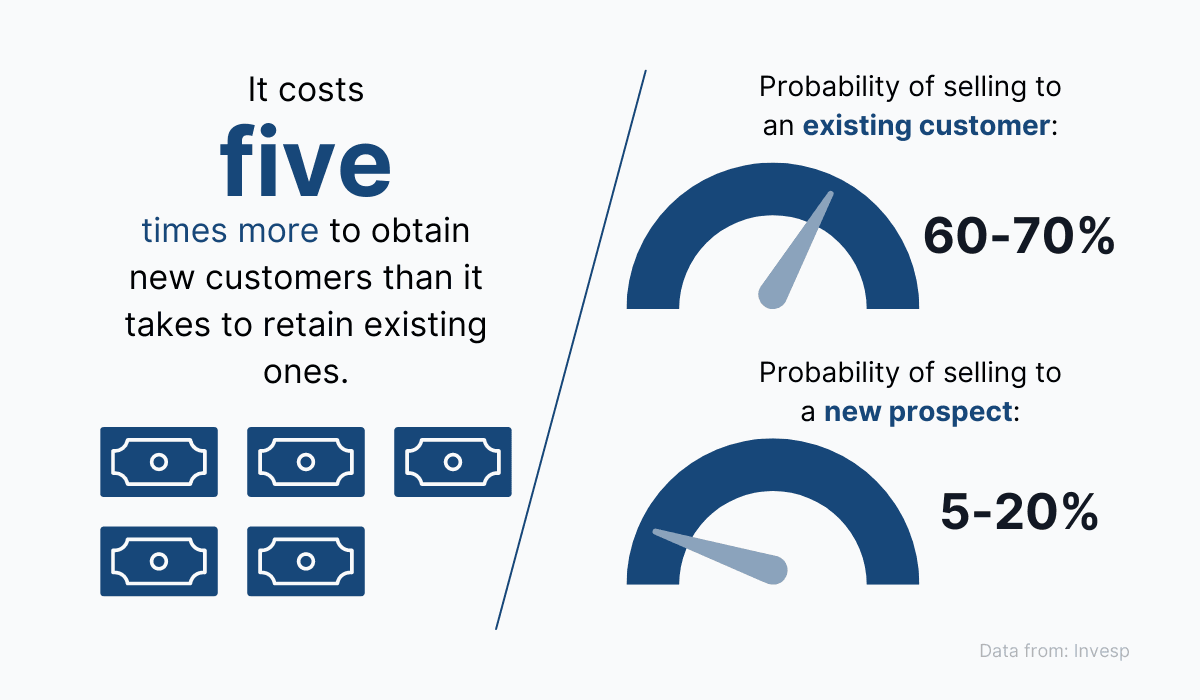
Source: Invesp / Image: Archbee
Bringing in new customers is more time-consuming and expensive than retaining the existing ones.
As a result, it’s in your best interest to hold onto your current users using quality user adoption.
Furthermore, it’s easier to sell to existing customers than new prospects. In other words, your upselling and cross-selling opportunities are higher when user adoption is done correctly.
All in all, user retention results in a significant return on investment. However, the first step to achieving this is successful user adoption.
How to Measure User Adoption
The only surefire method to find out whether your user adoption is going well is to measure it. After all, without quantifiable insights, you can’t gauge if your user adoption strategy is effective.
Since user adoption rate measures new users, it is always calculated within a specific time frame.
Therefore, it’s essential you decide on a relevant time frame and continuously measure with that same frequency.
For example, if you calculate the user adoption rate for the previous month, you should continue doing so every month.
The visual below depicts the standard user adoption formula:
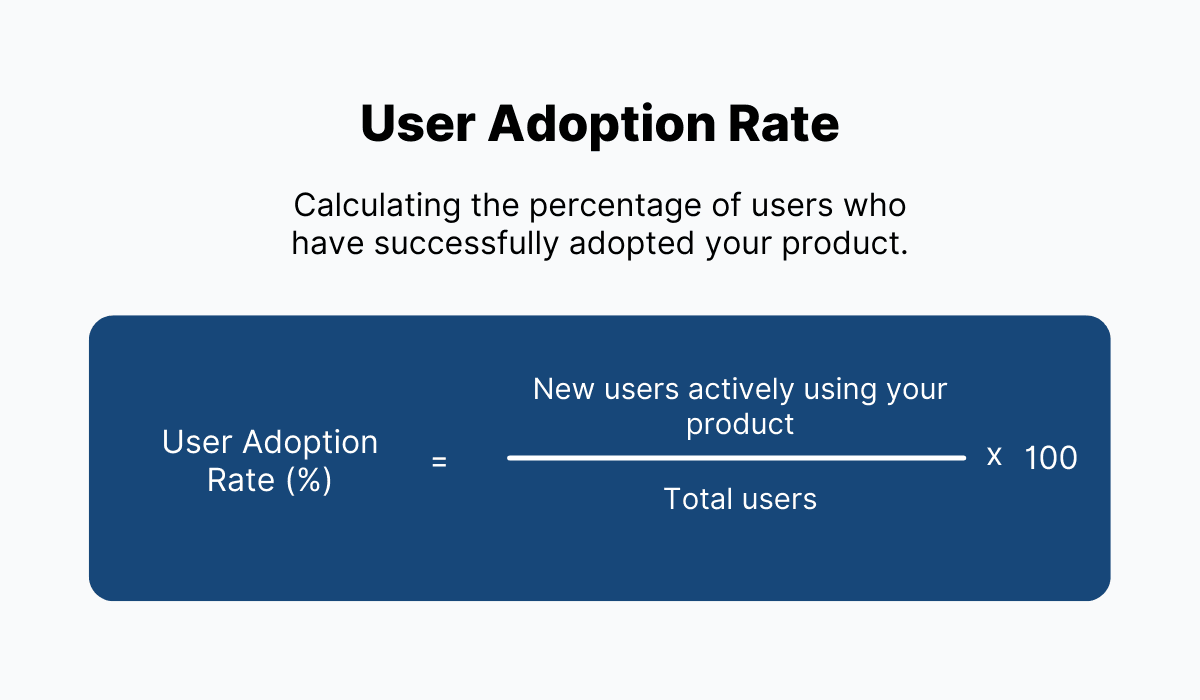
Source: Medium / Image: Archbee
So if you have 1500 users in total, and 180 of them are new active users for the month of February, your user adoption rate in February is 12%.
However, while helpful, this one formula isn’t extensive enough to provide an accurate measure of user adoption.
To get the whole picture, there are many other considerations to take into account.
The following sections detail other metrics to track to fully evaluate your user adoption.
Time-To-Value
Time-to-value measures precisely what its name insinuates: the time it takes for a user to realize the value they obtain from your product.
This value is discovered after the user notices a return on their investment. At that point, they know they made the correct choice purchasing your software.
Ideally, the time-to-value should be shorter rather than longer. After all, you want customers to benefit from your software as soon as possible, as this will encourage further use.
This value can take many forms, e.g., completing user onboarding or utilizing a promised function.
Here’s an example showing where most users will realize value:
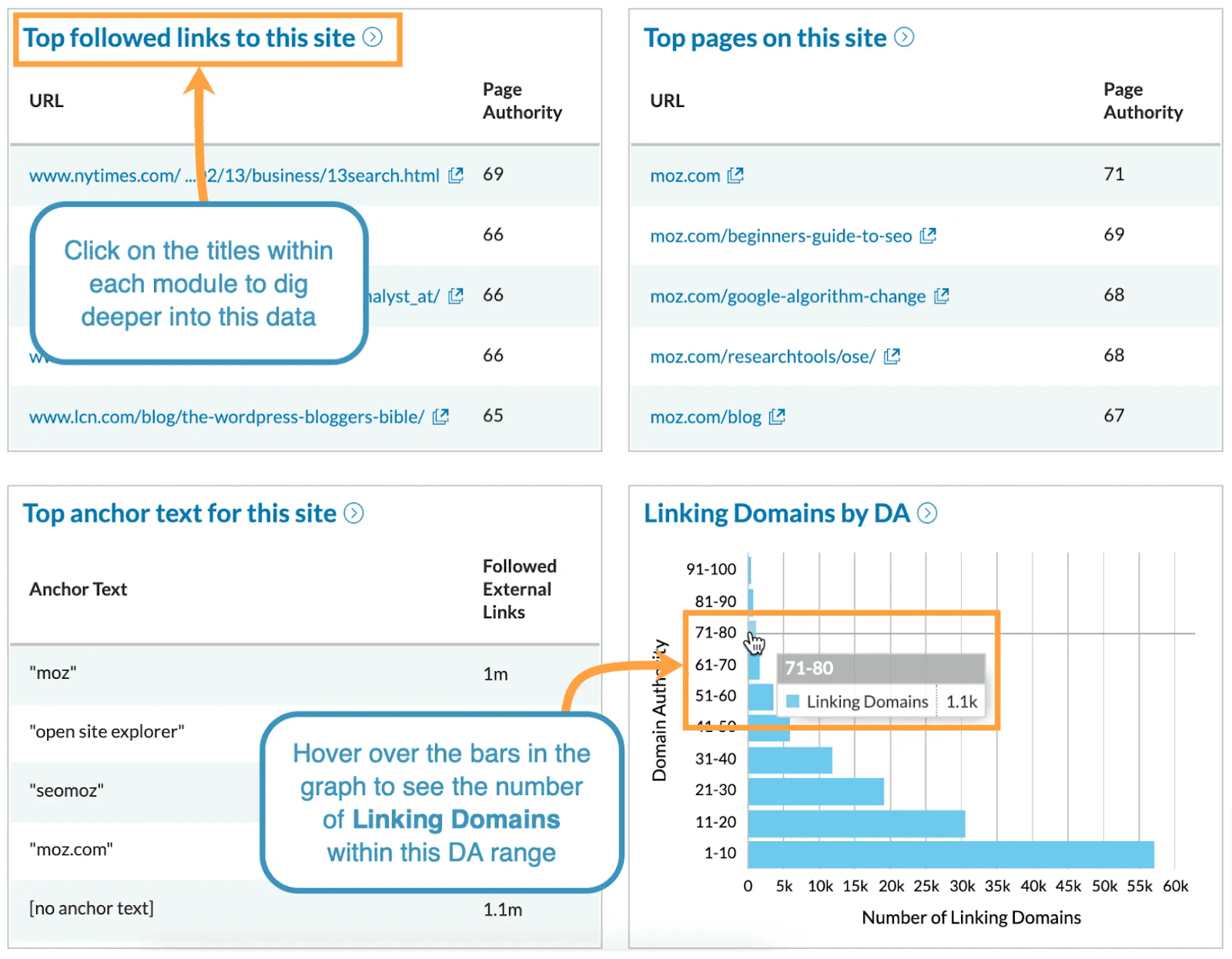
Source: Moz
The image shows metrics provided by Moz, an SEO and link-building tool. Assumedly, most users will have chosen Moz to obtain deep insights into links.
As soon as they see this detailed data and link analysis, they’ll realize the value of the tool and know the investment was worth it.
Feature Adoption Rate
The feature adoption rate is similar to the user adoption rate. However, this metric measures a specific feature’s popularity instead of looking at your entire product.
Even the formula is reminiscent of the user adoption rate formula:
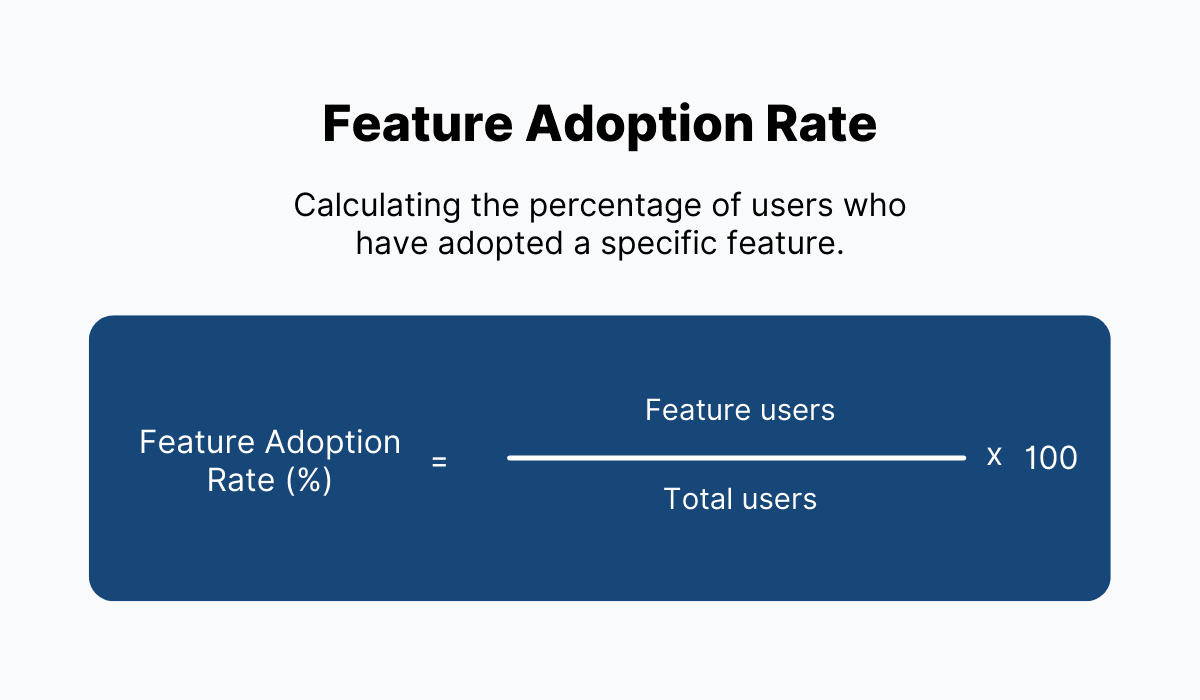
Source: Archbee
With this formula, you’ll discover how many customers use a specific feature your product offers.
This is valuable information, as you’ll be able to determine which features are most and least popular and, consequently, which are worth developing further.
On the other hand, if the feature adoption rate is meager for a feature essential to using your product, this could be a sign to improve your user education.
At the end of the day, you want your customers to obtain maximum value from the product.
By calculating the feature adoption rate, you can discover what functions users are neglecting and create additional materials to help customers adopt them.
Number of Active Users
The number of active users is a telling metric for user adoption growth. This data reveals how many users actively engage with your product over a specific time period.
The time frames are daily, weekly, or monthly, for which the respective acronyms are DAU, WAU, and MAU.
By continuously measuring these metrics, you can track how user adoption progresses over time.
These are valuable insights, as you’ll see if engagement trends are increasing or decreasing.
Here’s the formula:
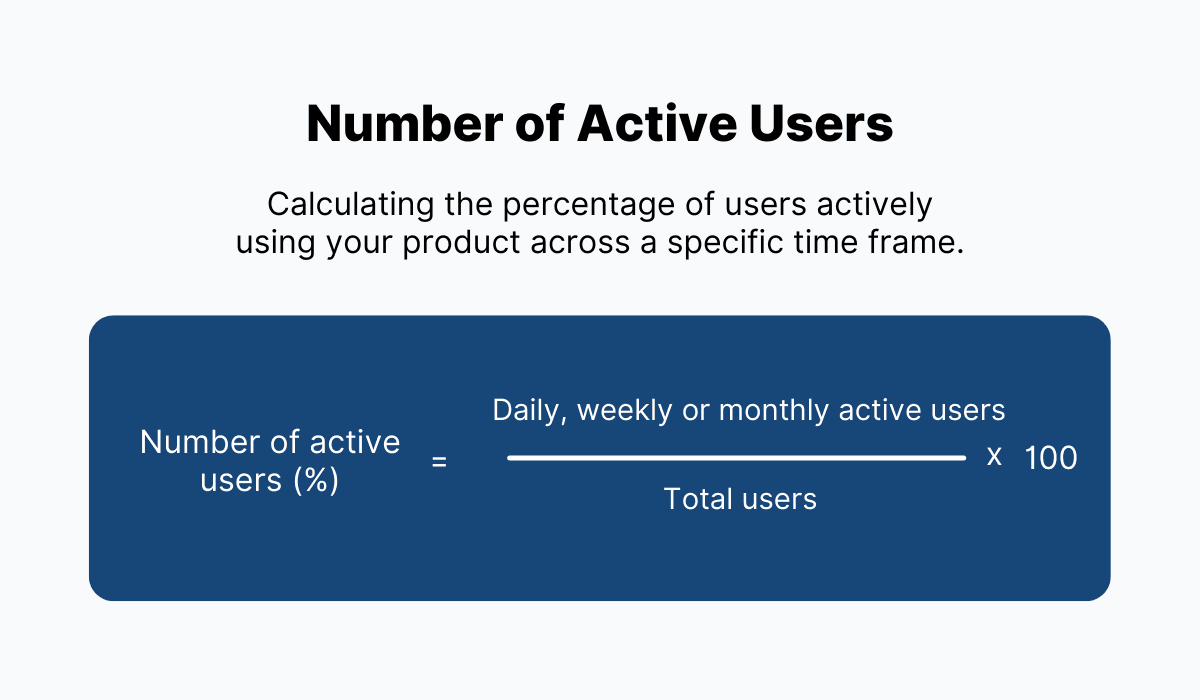
Source: Archbee
The time frame chosen depends on your software’s usage frequency. If your product can easily receive daily use (e.g., an instant messaging tool), it’s best to measure DAU.
However, if your software isn’t used that often, then utilize WAU. A good use case is a documentation platform.
Finally, if your software is used relatively intermittently (i.e., a release notes composition tool), MAU is ideal.
Customer Churn Rate
Despite its negative connotations, it’s a good idea to measure your customer churn rate when monitoring your user adoption trends.
This metric calculates the percentage of users who have stopped using the product during a specific time frame.
Its formula is pretty straightforward and is depicted below:
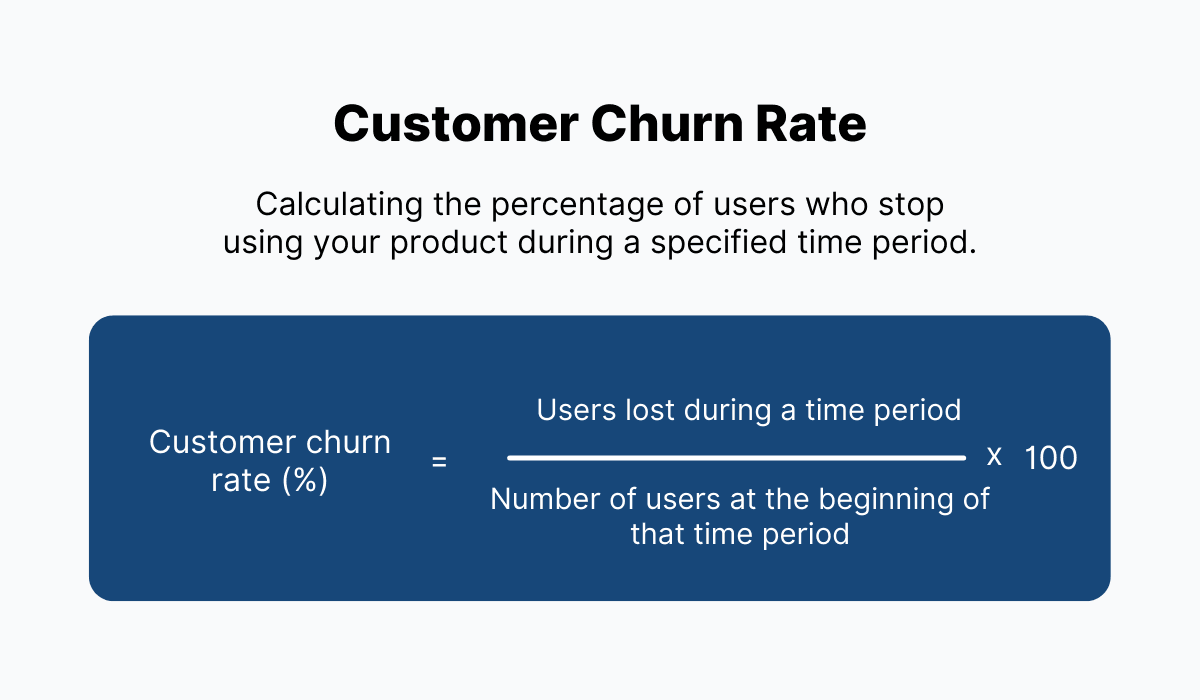
Source: Archbee
For example, if you had 100 users at the beginning of the month, but 30 of them abandoned your product throughout the next 30 days, your customer churn rate would be 30%.
This metric is insightful as it elucidates how many customers you’re losing. If the number remains relatively low, you can be confident your user adoption strategy is working well.
However, if the number increases, this is a warning sign to re-address your user adoption tactics.
It’s highly likely fewer users will churn if provided with quality guidance on how to use your software.
Net Promoter Score
To learn about your users’ experience with your company, the Net Promoter Score is your best choice.
This measurement is often used to determine both user satisfaction and future company growth, as it asks customers the following:
How likely are you to recommend [company] to a friend or colleague?
Surveyees answer on a scale of one to ten with these specifications:
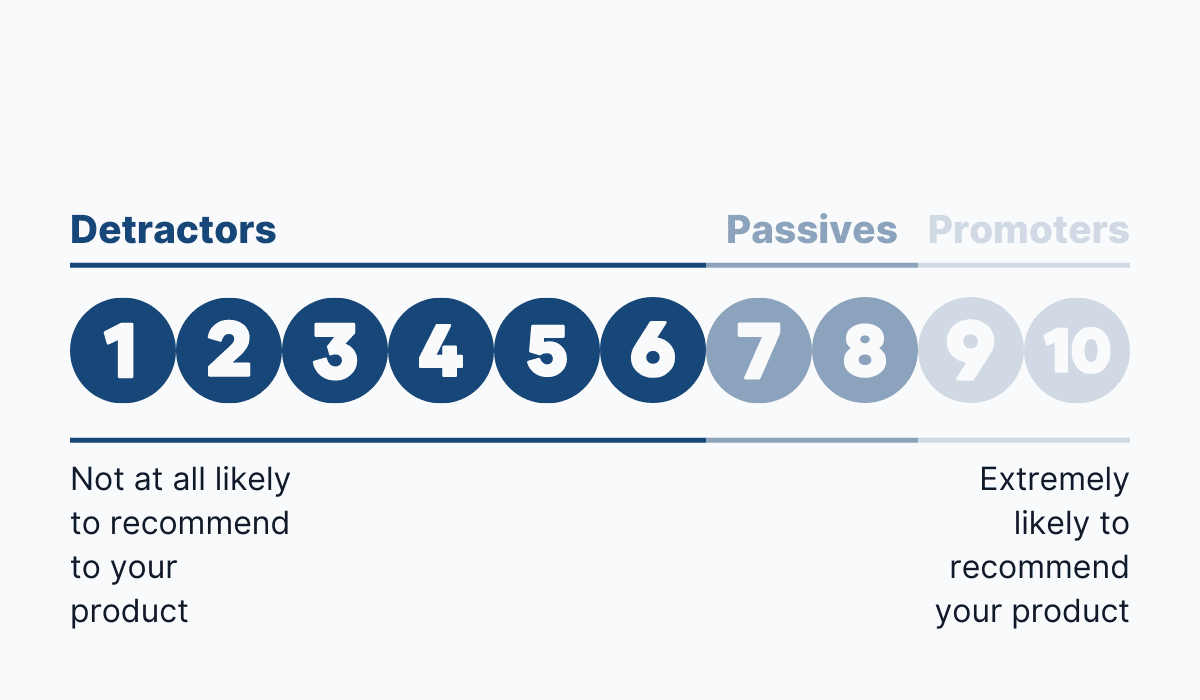
Source: Archbee
One signifies they’d never recommend your product and ten that they’re incredibly likely to do so.
Those who answer six and under are considered company detractors, seven and eight are passive answers, and nine and ten are product promoters.
Once you’ve acquired this data, the final Net Promoter Score is calculated as follows:
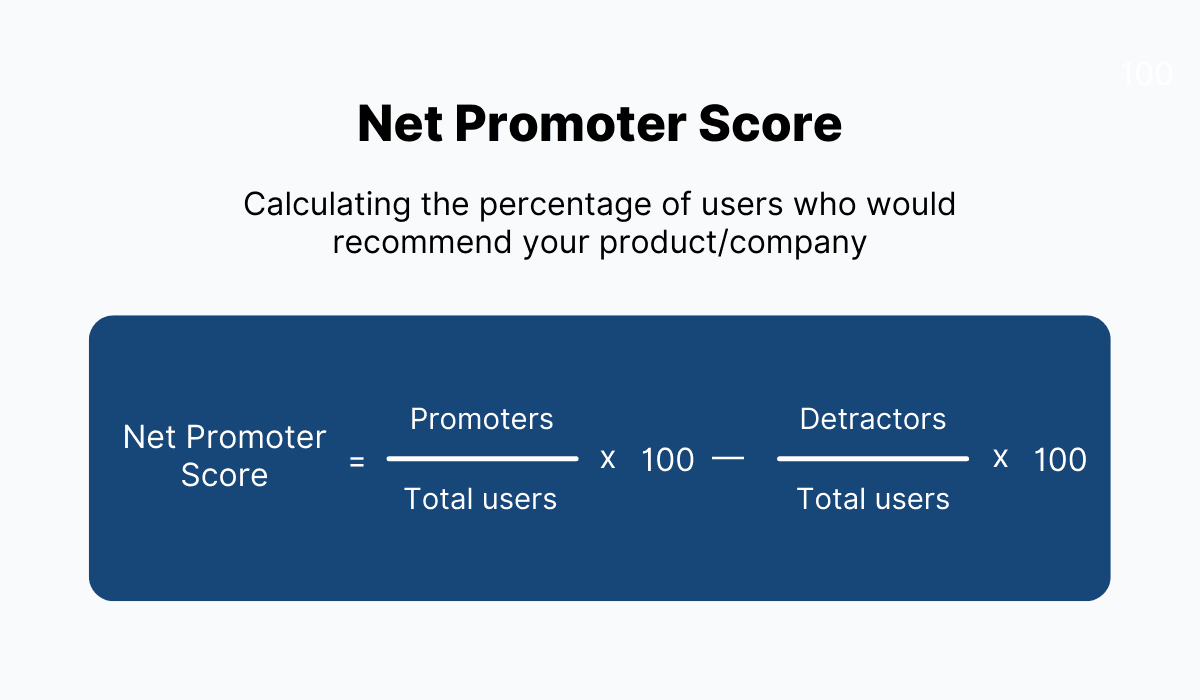
Source: Archbee
In other words, the percentage of detractors is subtracted from the percentage of promoters.
If your NPS is high (i.e., above 20), this is a good sign, as it means users are satisfied with the product. In other words, their user adoption has gone well.
How to Create a User Adoption Strategy
Now that you’ve pinpointed the most relevant user adoption metrics, it’s time to create a user adoption strategy and monitor if your user adoption improves.
When doing so, it’s important to remember your product’s role in your users’ lives. Ultimately, your product should help customers achieve their goals.
In fact, most SaaS companies can be summarized in the following sentence:
[PRODUCT] helps [USERS] to [GOAL].
Your job is to explain your software in the context of that goal. You’ll need to present your product as something that can help your customers achieve their aspirations.
In the following sections, we’ll show you exactly how to do so.
Set Goals for Your User Adoption Strategy
The initial step toward devising a user adoption strategy is defining what that strategy should achieve.
For example, should users have a rudimentary knowledge of all features or a detailed understanding of the product’s main feature?
You’ll need to ask yourself these types of questions, as an explicit goal will significantly benefit your user adoption strategy—it essentially creates a guiding light to direct your strategy-building efforts.
When formulating your goal, ensure it’s a SMART goal. The acronym stands for the following:
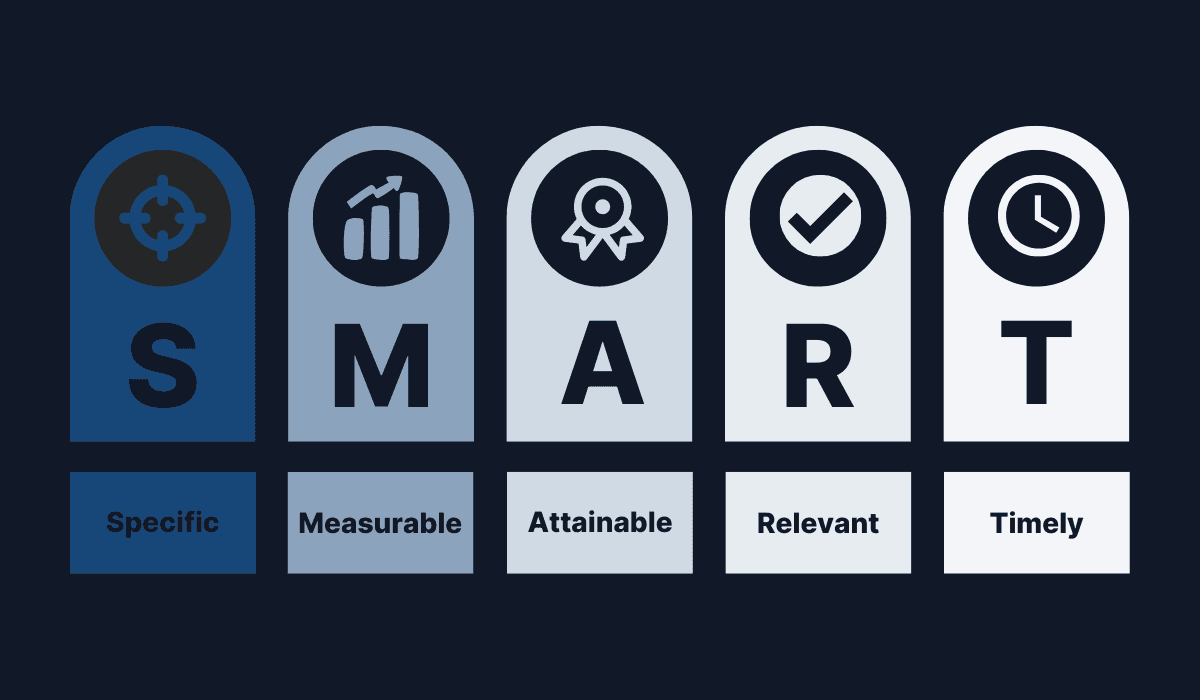
Source: Archbee
The goal should be specific, without ambiguity, as well as measurable (defined by clear parameters that measure success).
Also, ensure this objective is achievable as far as the team’s capabilities and relevant in that it aligns with general long-term goals.
Finally, the goal must be timely, with a clear deadline date.
Devise a goal with these criteria, and you’ll be one step closer to a user adoption strategy.
Do a Feature Audit
Equally important as planning out the future is surveying the present. So it’s a good idea to assess how your current user adoption functions.
An excellent method to determine this is a feature audit.
An approach mapping your features’ popularity with users, a feature audit essentially reveals which features are performing well and which aren’t.
Here’s an example feature audit:
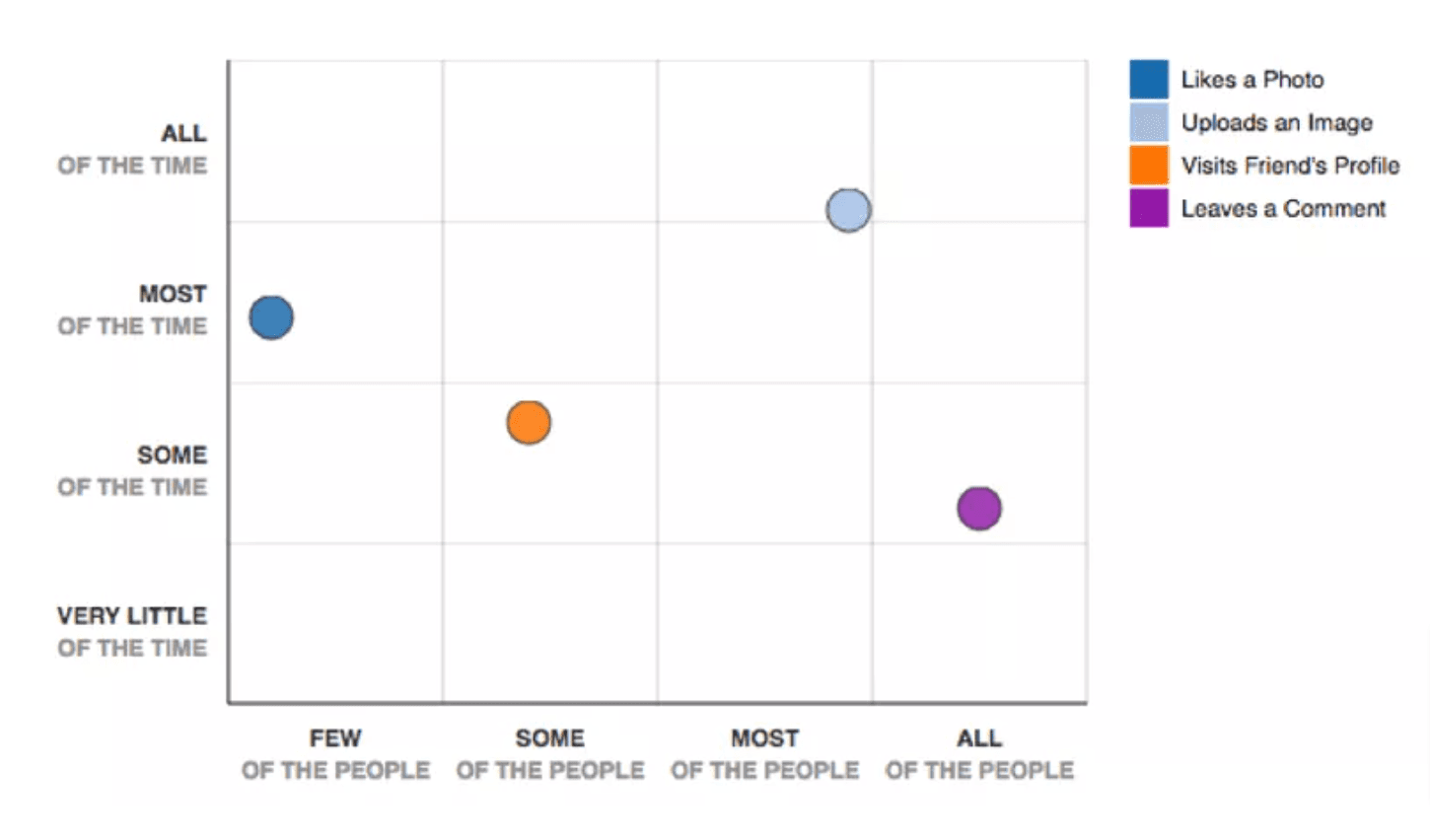
Source: Userpilot
The x-axis represents the number of users, whereas the y-axis depicts usage frequency.
Features in the top-right are the most popular (in this case, uploading an image), whereas those in the bottom-left aren’t well-known.
This graph essentially depicts which features have already been successfully adopted and which have remained unknown.
It’s a huge help, as it indicates which features need additional user adoption materials, as opposed to those already well-documented.
Decide How to Onboard Users
When creating a user adoption strategy, it’s best to start from the beginning—from the customer’s point of view. In other words, their user onboarding.
User onboarding is crucial, as it’s the customer’s first chance to explore and use your product. As such, you’ll want to impress them.
Onboarding can be handled in multiple ways, such as in-app walkthroughs, e-mail sequences, etc. However, whatever medium you choose, it’s worth supplementing it with a knowledge base.
Regardless of how detailed your onboarding is, users will inevitably have additional questions—questions that a well-written knowledge base can answer.
An effective knowledge base is easiest to build using a documentation platform like Archbee.
With Archbee, users can easily find the information they need, thanks to its deep-search capabilities.
Here’s a preview:
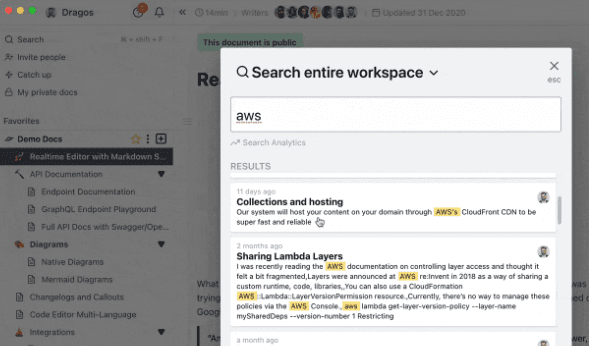
Source: Archbee
With such comprehensive search results, users can quickly find any intelligence they require.
These easily-navigable articles are essential during onboarding, as customers can effortlessly supplement any gaps in their knowledge.
Keep Improving Your User Adoption Strategy
Unfortunately, there’s no such thing as a finalized user adoption strategy. As your product grows and new features are added, you’ll have to refine your user adoption materials simultaneously.
If you neglect to improve them, you risk providing users with out-of-date information or even withholding product intelligence altogether.
Furthermore, as you scale, certain tactics might lose their effectiveness.
As a start-up, live onboarding likely worked well, but the more customers you acquire, an in-product guide might be a better solution.
For example, Mediasmith recently invested in a new communications platform, chiefly for the following reason:
Dialpad's integration with Office 365 allowed us to leverage Microsoft's Azure directory to manage our users. So onboarding new users would be much easier.
They realized Dialpad was a more helpful tool than their previous solution, as it incorporated Microsoft Azure’s directory, facilitating user onboarding.
This is a great mindset, and Dialpad is a fantastic example of a company committed to consistent improvement and providing the best possible experience for its users.
Conclusion
Considering the complexities of software, some users will need additional guidance to take full advantage of your product.
This is called user adoption—the process of a user becoming familiar with your software.
Well-executed user adoption is essential for your business’s success, as it greatly assists with customer retention.
You can measure your user adoption with various metrics such as time-to-value, product adoption rate, etc.
However, for a truly successful user adoption process, it’s essential to create a clear-cut strategy with defined goals and continuous improvement.
Ultimately, user adoption is an essential SaaS component, and when successfully completed, it can skyrocket your success.
Frequently Asked Questions
User adoption is the phase where new customers move from sign-up or purchase to actually using your product, reaching their first moments of value, and deciding to keep using it. It sits between acquisition and retention and typically includes onboarding, in-app guidance, training, and early support. When adoption is successful, users can complete key tasks, see clear benefits, build usage habits, and are more likely to become loyal advocates.



